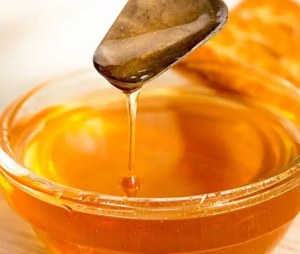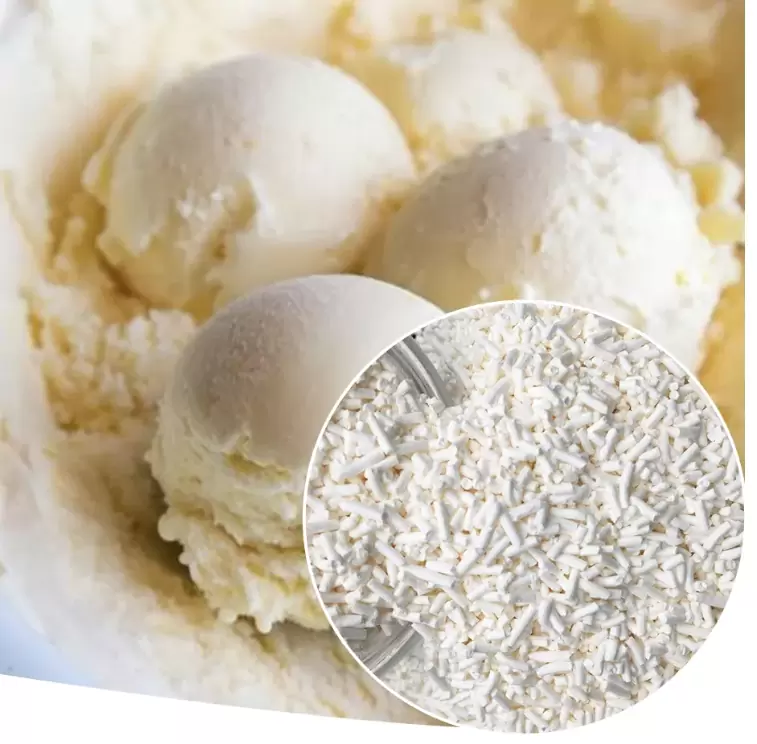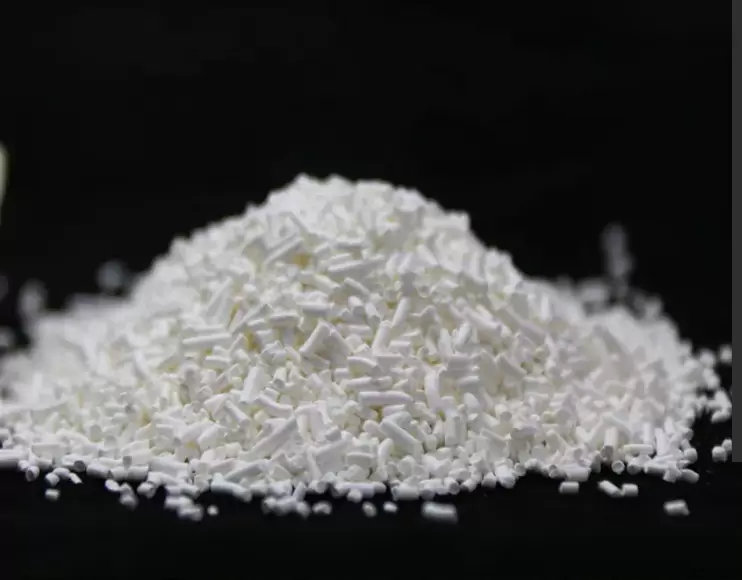Sorbic acid, or 2,4-hexadienoic acid, is a natural organic compound used as a food preservative. It has the chemical formula CH3(CH)4CO2H and the structure H3C−CH=CH−CH=CH−C(=O)OH. It is a colourless solid that is slightly soluble in water and sublimes readily. It was first isolated from the unripe berries of the Sorbus aucuparia (rowan tree), hence its name.
The traditional route to sorbic acid involves condensation of malonic acid and crotonaldehyde. It can also be prepared from isomeric hexadienoic acids, which are available via a nickel-catalyzed reaction of allyl chloride, acetylene, and carbon monoxide. The route used commercially, however, is from crotonaldehyde and ketene. An estimated 30,000 tons are produced annually.
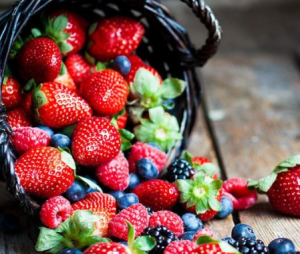
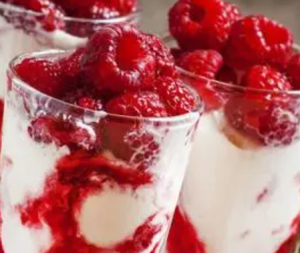
Sorbic acid and its salts, especially potassium sorbate and calcium sorbate, are antimicrobial agents often used as preservatives in food and drinks to prevent the growth of mold, yeast, and fungi. In general the salts are preferred over the acid form because they are more soluble in water, but the active form is the acid. The optimal pH for the antimicrobial activity is below pH 6.5. Sorbates are generally used at concentrations of 0.025% to 0.10%. Adding sorbate salts to food will, however, raise the pH of the food slightly so the pH may need to be adjusted to assure safety. It is found in foods such as various kinds of cheese, bread, muffins, donuts, pies, cookies, protein bars, syrups, lemonades, fruit juices, dried meats, sausages, nuggets, burgers, sandwiches, tacos, pizzas, smoked fish, margarine, sauces, soups, and more.
